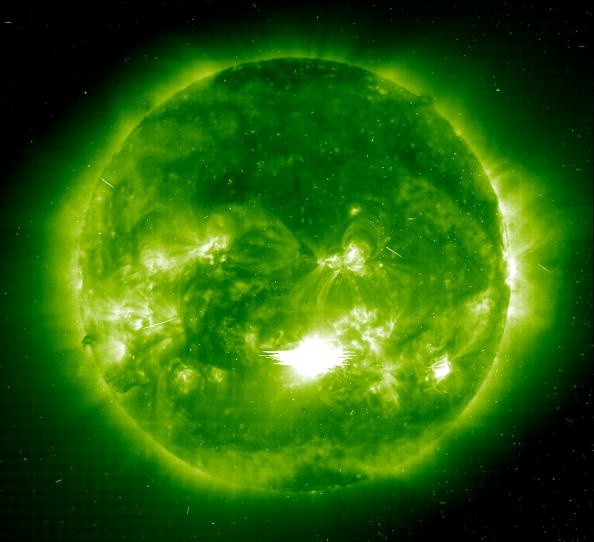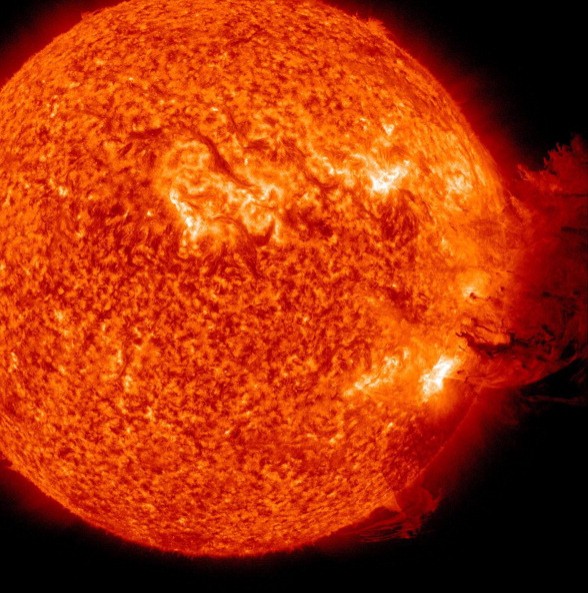NASA captured a new mid-level solar flare that burst out of the Sun's limb. The international space agency was able to record the space event using its Solar Dynamics Observatory (SDO).

The solar flare appeared on Wednesday, Jan. 20. The solar flare peaked at exactly 1:01 a.m. EST. NASA released the video on its official Twitter account.
"The Sun emitted a significant solar flare early this morning, peaking at 1:01 a.m. ET. NASA's Solar Dynamics Observatory captured an image of the event, which was classified as M5.5," said the space agency via its official tweet.
NASA Captures New Solar Flare
The latest solar flare footage of NASA attracted a lot of space fans. Based on the released video, the solar flare appeared on the sun's right side.

Although the activity on the sun's surface is quite tiny when compared to its size, you can still see the bright light emitted by the flare.
Because of the solar flare's magnificent display, NASA's footage generated more than 9,800 likes and 1,500 retweets. Meanwhile, the international space union clarified that the latest sun activity's harmful radiation didn't pass through Earth's atmosphere.
The Sun emitted a significant solar flare early this morning, peaking at 1:01 a.m. ET. NASA’s Solar Dynamics Observatory captured an image of the event, which was classified as M5.5.https://t.co/9RsMR5suI3 pic.twitter.com/zK9mADK47H
— NASA Sun & Space (@NASASun) January 20, 2022
Besides, Space.Com explained that it was just an M5.5 class, which is less powerful than the X-class flares. Although it wasn't really serious, it can still cause radio blackouts in the planet's polar regions.
If you want to see the actual captured footage, you can click this link.
Why SWPC Issued a Warning
Newsweek reported that the National Oceanic and Atmospheric Administration's Space Weather Prediction Center (SWPC) issued a warning when the latest solar flare happened.
The weather agency claimed that the sun's activity this January posed biological risks to the astronauts, especially those who are stationed in high-altitude orbits.
Aside from them, the energetic particles emitted by the solar flare also alerted the agency since they could have impacted the satellite systems orbiting the Earth.
In other news, SpaceX closed the U.S. Air Force deal, which costs $102 million. Meanwhile, NASA's Ingenuity flight is now delayed because of dust storms.
For more news updates about solar flares and other space events in the solar system, always keep your tabs open here at TechTimes.
Related Article : New Solar Flare Could Create Bright Aurora Lights! But, Satellites, Power Grid Might be Disrupted
TechTimes own this article
Written by: Griffin Davis
ⓒ 2026 TECHTIMES.com All rights reserved. Do not reproduce without permission.




